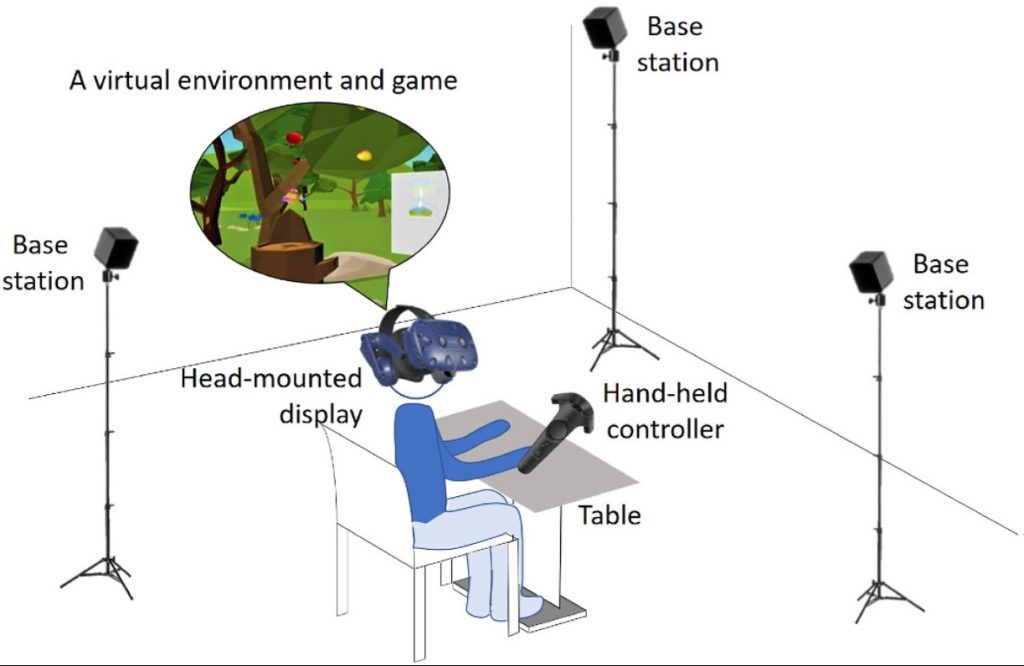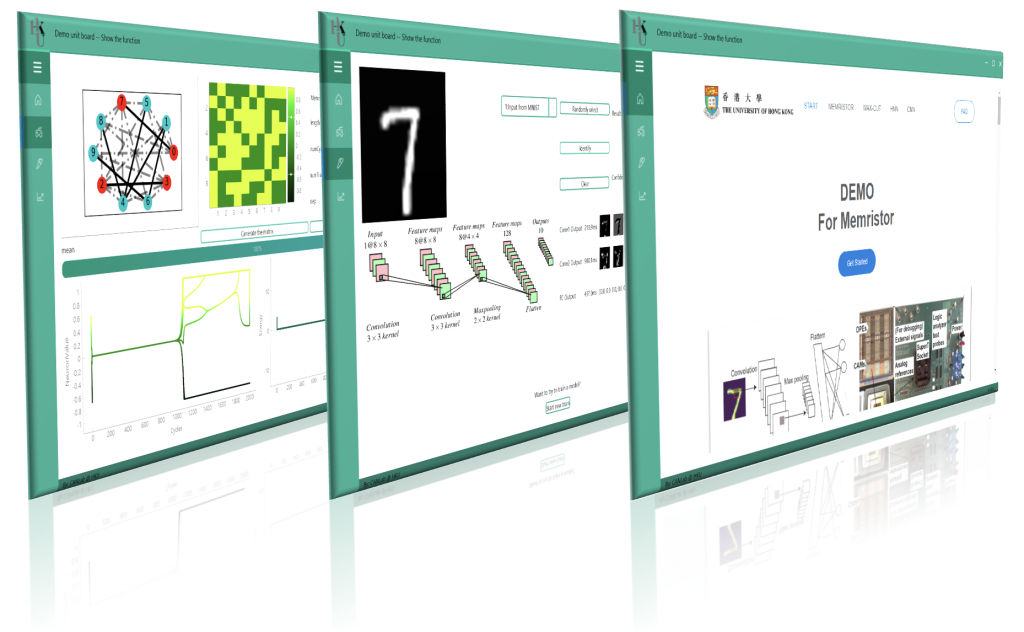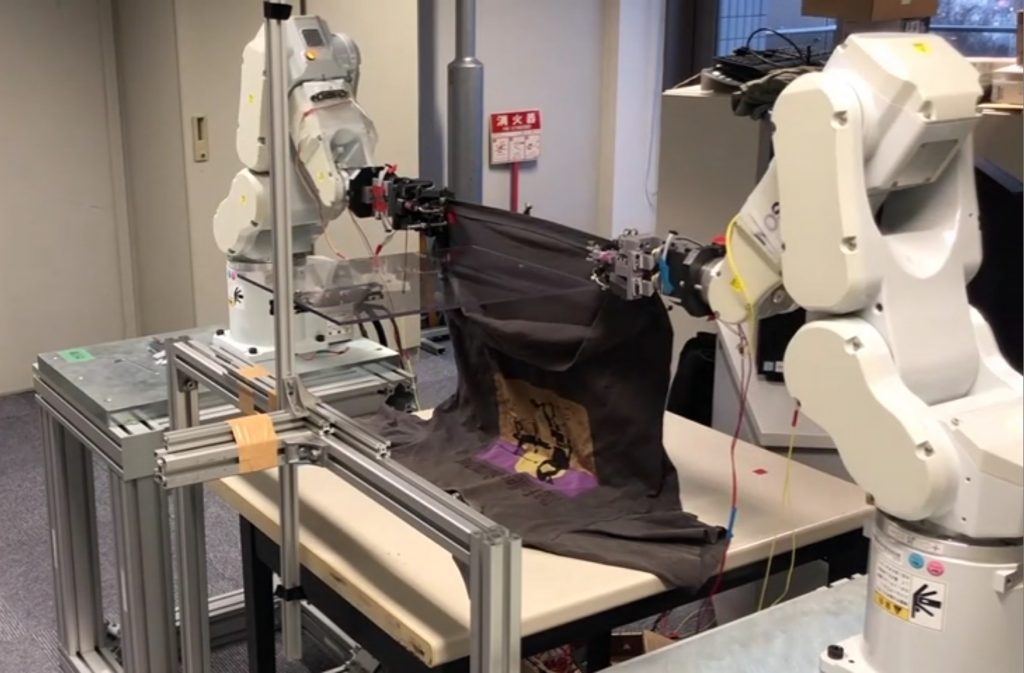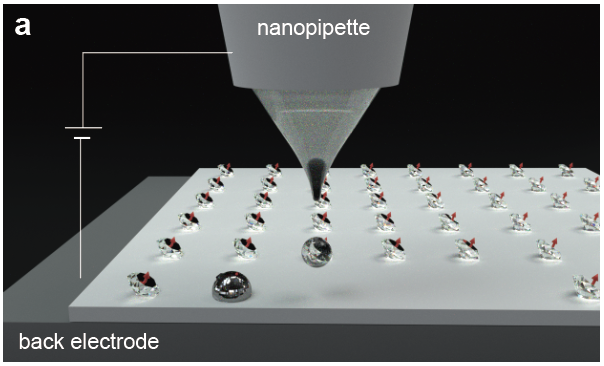Membrane Technology for Clean Water and Energy
Clean water and energy are vital for human activity and socio-economic development. This project focuses on developing more effective reverse osmosis (RO) and nanofiltration (NF) membranes and processes. Professor Tang’s team has pioneered the development of nano-foaming theory and interlayer structure to regulate membranes with excellent performance.










